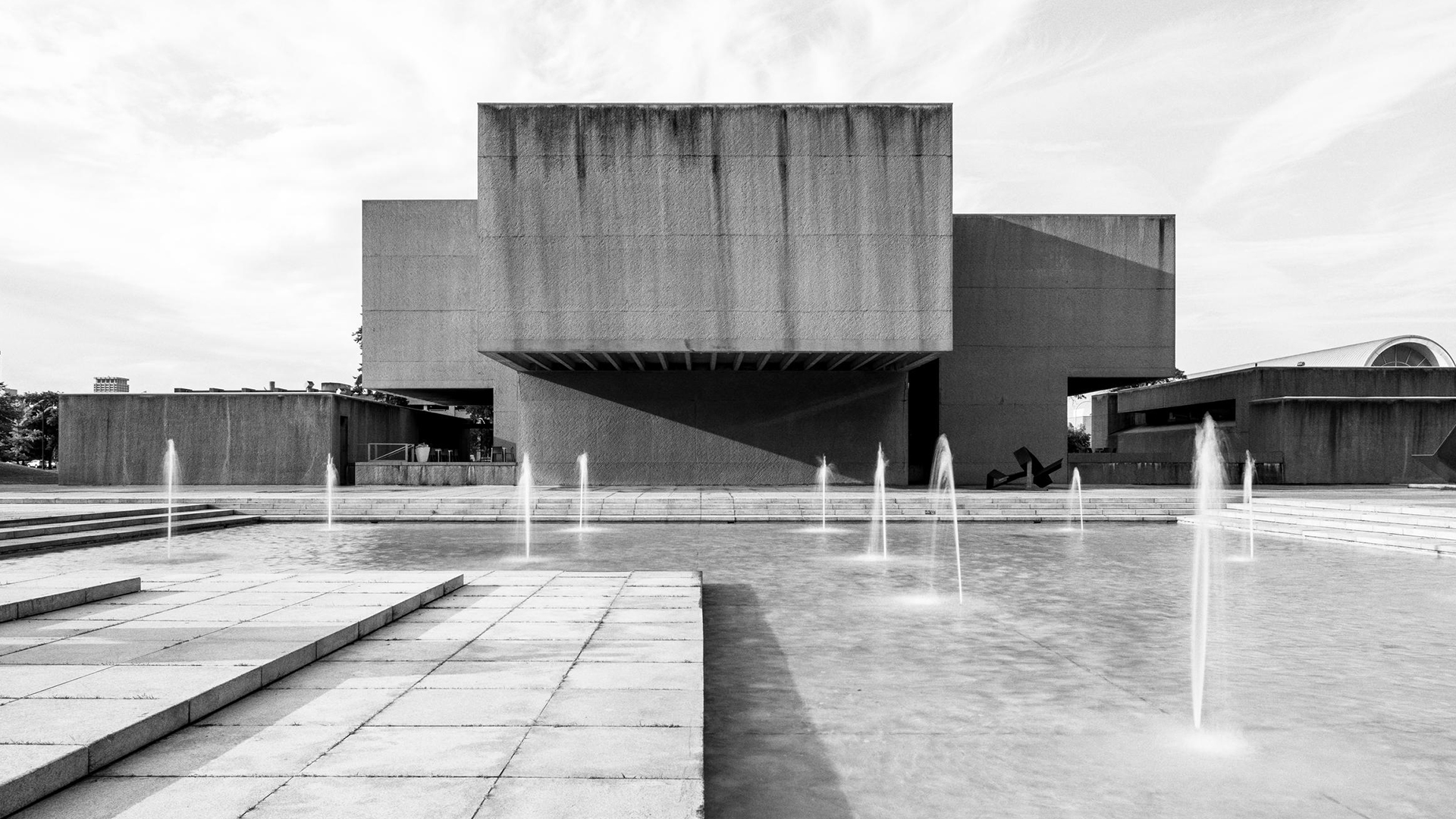Everson Museum Architect I.M. Pei Remembered as Visionary, Bold
Article originally appeared on WAER.org by Scott Willis. Listen to the full interview HERE.
The Everson Museum of Art has the distinction of being the first museum commission for world renowned architect I.M. Pei. He died Thursday in New York City at age 102. WAER News sat down with museum Director and CEO Elizabeth Dunbar and Dean of the Syracuse University School of Architecture Michael Speaks to recall what Pei hoped to accomplish with the Everson’s design when it opened in 1968.
Dunbar says Pei was selected in 1960, and at the time, was considered a wildcard choice for a museum commission. But she says part of the reason was pragmatic: Pei was known for his use of concrete, which was inexpensive, and a good fit for a tight budget. At the same time, she says he had an amazing vision, and proved himself by doing spectacular work with limited materials.
“He truly considered it a work of art, that it was a sculpture that you need to walk around the entirety of the exterior of the building, first of all, to find the entrance. He wanted you to be outside, admiring, and experiencing it in its entirety.”
Dunbar says the building has monumentality, and knows parts of it can be brutal, or stark with bare building materials like the bush-hammered concrete that dominates the Everson’s exterior. But SU Architecture School Dean Michael Speaks says despite impressions of the design feeling heavy or unsophisticated, it’s a category of architecture that people have now grown to appreciate.
“He designed and built in a modernist idiom. But he did so in a way that seemed to call into question many of the public’s perceptions of modernism…it was cold, it was glass, it was steel, it was unfeeling. All you have to do is walk around in this building, take a spin up the spectacular staircase, walk around through the galleries, stand out in the plaza…you don’t feel any of that. In a way, he cut against the grain of a lot of common perceptions of modernism.”
Speaks says the Everson’s design scripts and stages a person’s movement around and through the building, as if you’re part of a theatrical piece. Pei was known for creatively using natural light in his work. That might be hard to believe when looking at the Everson’s solid walls, but it becomes more apparent inside. Director Elizabeth Dunbar says Pei was also involved in selecting some of the art that would be installed once the museum opened, and had a sense of the changing art scene.
“Pei was very much concerned with making a museum for the time in which he was living. Artwork at that time was growing exponentially. You no longer had small portrait paintings on the wall; you would have 12, 20-foot long canvasses, so how do we display these things. It was really a museum for the art of its time.”
Dunbar says Pei developed close relationships with artists over his long life, and often blurred the lines between architecture, sculpture, and design. He went on to design a number of other museums after the Everson.
The Everson wasn’t Pei’s only work in Syracuse. He also designed the Newhouse I building on the SU campus, which opened in 1964.


